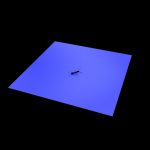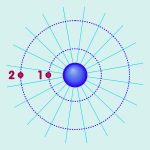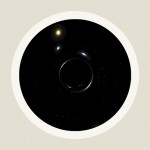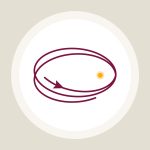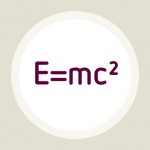Extra dimensions – and how to hide them
Why our universe could possess dimensions beyond length, width and depth – and why those dimensions need not be noticeable in everyday life
An article by Stefan Theisen
How many dimensions does the world have? The answer, it seems, is obvious: Space has three dimensions. One indication is that, to define a location in space, we need exactly three numbers – for instance geographic latitude and longitude as well as height above the earth’s surface. Another is volume: the volume of a cube that encompasses a certain portion of space is equal to the length of the cube’s sides, to the third power. (In special relativity as well as in general relativity, time is added as a fourth coordinate, resulting in four-dimensional spacetime. This special and very natural extra dimension will not play a role in the following.)
Putting the question differently: How sure can we be that space has three dimensions? Surely there cannot be less than three, but might there be more? At first glance, this question might seem absurd. But in fact, theoretical physicists have been discussing such extra dimensions for a good number of years now.
Space from afar
Imagine a rope, used in some backyard as a washing line, and imagine that you observe that scene from afar and then zoom in until you notice an ant moving around on the rope’s surface:
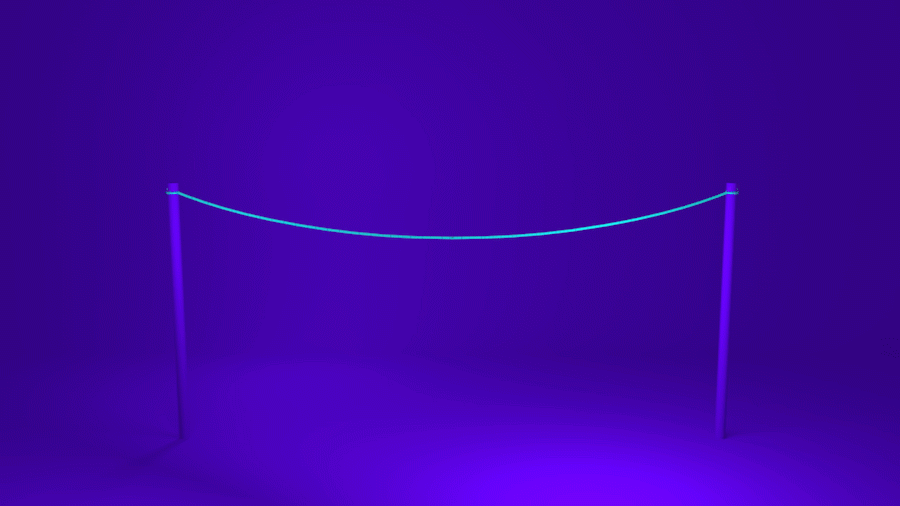
Viewed from a distance, the rope looks like a one-dimensional object, akin to a line, with just one possible set of directions of motion: forward or backward along the line (represented by the cyan double arrow):
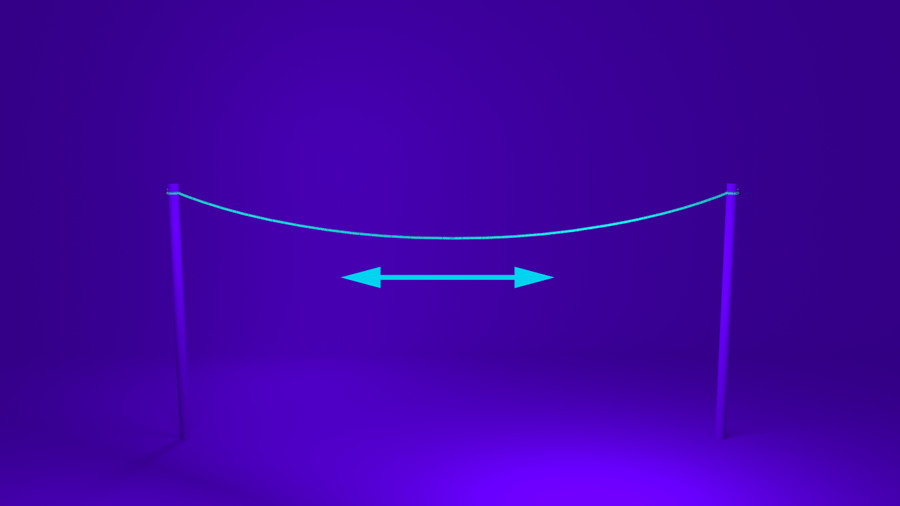
The ant’s view of space
Only if you look closer you will notice that the rope has a certain circumference – a two-dimensional surface. Insects such as the aforementioned ant, which move on its cylindrical surface, will experience their surroundings as two-dimensional: at every location, they can move in two sets of directions, not just one: backwards and forwards along the rope (cyan double arrow), but also orthogonal to that direction, along the rope’s circumference (black double arrow):
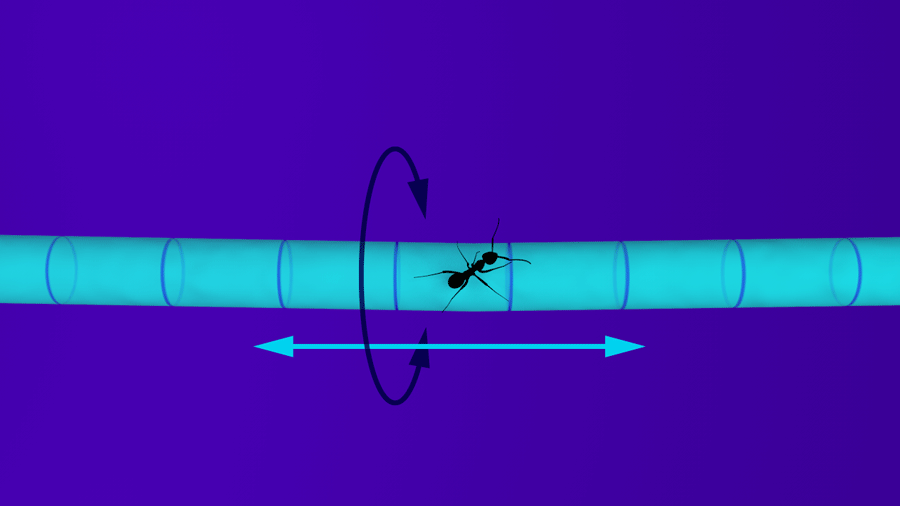
An intelligent ant might also notice that this second dimension is rolled up, so to speak: If they wander straight along the circumference without changing their direction, they will end up where they started – in an ordinary plane, that could never happen.
The picture of the ant on the surface of the rope can be generalized to three-dimensional space. Experience tells us that there are no more than three extended dimensions. But it is still possible that space has hidden extra dimensions that are “rolled up” in a similar way as the second dimension of the rope: extra dimensions with but a tiny circumference, too tiny to be noticeable to our senses or to usual measuring instruments.
There are, in fact, physical theories that predict the existence of such extra dimensions. In string theory, for instance, the natural number of space dimensions for our universe is nine or even ten. Rolling up the extra dimensions – either in the same simple way as with the garden hose or in much more complicated shapes – is an important tool for fashioning, from these theories, models for our world with its mere three extended space dimensions.
Further Information
The relativistic background of this spotlight topic is explained in Elementary Einstein, especially on the page Superstrings and universal harmony in the chapter Relativity and the quantum.
For more information about extra dimensions, check out the spotlight topics Hunting for extra dimensions, The embedded universe and Simplicity in higher dimensions. Related spotlight topics can be found in the section Relativity and the quantum.
Colophon
is a research group leader at Albert Einstein Institute with a research focus on string theory.
Citation
Cite this article as:
Stefan Theisen, “Extra dimensions – and how to hide them” in: Einstein Online Band 04 (2010), 03-1013



